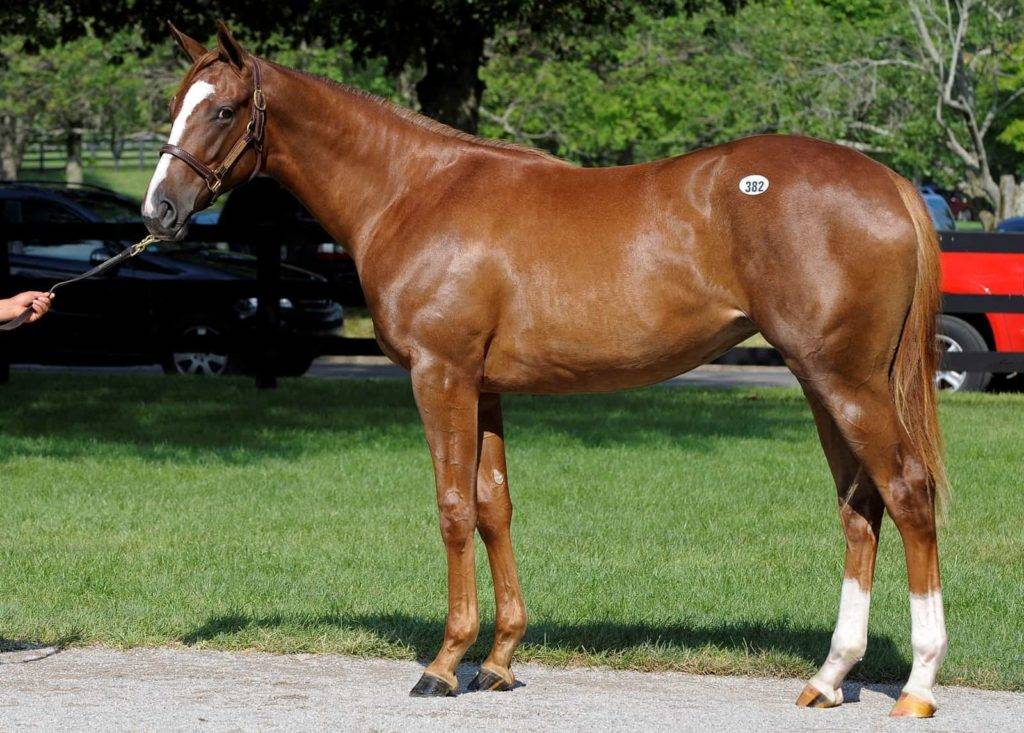In the equestrian world, the yearling stage marks a crucial juncture in a horse’s journey from foal to adulthood. At precisely one year old, yearling horses undergo significant physical and behavioral transformations, shedding their foal-like features and exhibiting newfound curiosity and playfulness. This developmental phase sets the groundwork for their future as they grow into mature and well-trained equine companions. In this article, we delve into the fascinating world of yearling horses, exploring their physical development, behavioral characteristics, nutritional needs, and the essential role of early training in shaping their future as valuable members of the equine community. Join us as we unravel the intricacies of this pivotal stage and gain insights into the care and attention required to foster the well-being and potential of these young equine companions.


What is a Yearling?
A yearling horse is a young horse that is precisely one year old. This stage in a horse’s life falls between being a foal, which is a newborn horse, and becoming a two-year-old. Yearlings are in a crucial developmental phase where they transition from infancy to adolescence.
Physically, yearling horses typically experience significant growth during this period. They start to lose their foal-like appearance and develop the more refined features associated with adult horses. While their legs might still appear slightly long for their bodies, yearlings gradually gain more proportionate dimensions. The yearling stage is a time when horses are generally more leggy and have a certain awkwardness as they grow into their bodies.
In terms of behavior, yearlings are known for their curiosity and playfulness. They exhibit a natural inclination to explore their surroundings, interact with other horses, and engage in various activities that help them build strength and coordination. Socialization is an essential aspect of their development, as they learn to interact with both other horses and humans.
Yearlings are typically weaned from their mothers during their first year, transitioning to a diet that includes more solid food and less reliance on milk. Nutrition during this stage is crucial to support their growth and ensure the development of strong bones and muscles.
Owners and handlers often provide basic training for yearlings to instill good behavior and establish a foundation for more advanced training as they mature. This training may include halter breaking, leading, and basic ground manners.
Overall, the yearling stage is a vital period in a horse’s life, setting the stage for further growth, development, and training as it progresses toward adulthood. Proper care, attention to nutrition, and positive interactions during this phase contribute to the well-being and future potential of the yearling horse.
Yearlings and Breeding
In general, yearling horses are considered too young to be used as breeding stock. Breeding horses is a responsible and complex undertaking that requires careful consideration of the health, maturity, and overall well-being of the animals involved.
Yearlings are still in the early stages of physical and mental development. Breeding horses at such a young age can pose risks to both the mare and the foal. The bodies of yearlings are not fully mature, and early breeding may lead to complications during pregnancy, foaling, and the overall health of the offspring.
Horse breeders typically wait until mares and stallions are at least two or three years old before considering them for breeding. This age allows the horses to reach a more advanced stage of physical development, ensuring a better chance of a healthy pregnancy, successful foaling, and the overall well-being of the mare and foal.
Breeding decisions are complex and should involve considerations such as the health history of the horses, their conformation, genetic traits, and the suitability of the mating pair. Responsible breeding practices aim to improve the quality of the breed while prioritizing the welfare of the animals involved.
It’s important for horse owners and breeders to work closely with veterinarians and equine professionals to make informed decisions about breeding and to adhere to ethical breeding practices that prioritize the health and happiness of the horses.
What to do When Your Zojirushi Rice Cooker Gets an H01 or H02 Error Code
What happened to Dale Robertson’s horse Jubilee?
What does it mean when a lizard poops on you?
What is the meaning of 18 bills in a debut?
What is the most expensive item on TF2?
This story originally appeared on Mostexpensivething

